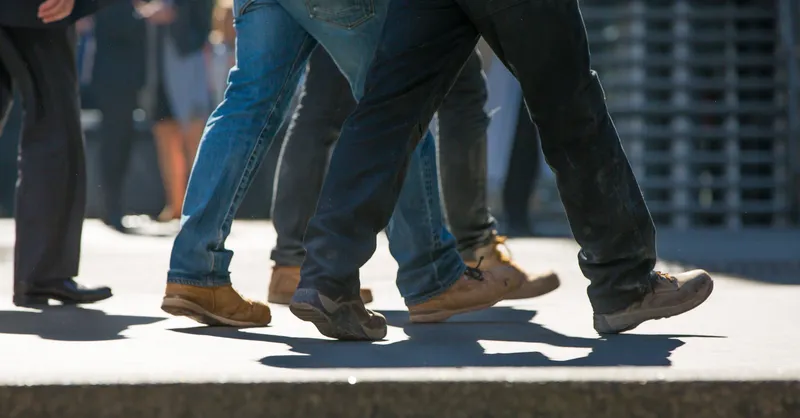
The international road transport organisation surveyed mobility companies and logistics providers in Europe and the Commonwealth of Independent States (CIS) and found that lack of cash was stopping them from investing in technology to make their vehicles – buses, trucks and coaches - safer.
The report, Driving Road Safety Innovation, says: “Overwhelmingly, for operators across Europe, financial challenges pose the biggest barrier to investment, with both a lack of sufficient financial resources and a perceived low cost-benefit ratio presenting significant obstacles.”
The survey says 22% of mobility operators and 19% of logistics firms cite finance as their “primary barrier”. This is a “particular constraint” in some regions: 30% of respondents in eastern Europe and 25% in the CIS say they “lack the financial resources to invest in vehicle technology”.
Another major problem highlighted in the survey is the “perceived low cost-benefit ratio” felt by companies. Other barriers include technological know-how (73% of respondents cite this), human resource levels for implementation and availability of practical solutions.
“Transport operators also feel that resistance to change from their drivers and workers to human and operational related investments, in comparison to vehicle related investment, is a particular challenge,” the report finds.
However, in what seems to be a textbook example of cognitive dissonance – the ability to hold two conflicting positions at the same time - operators across the board cite investments in vehicle technology “as a number one priority for safety”. In other words, they see that such investment is vital - just not in their specific case.
However, to add to the murky picture, 85% of operators “have significant safety investments planned in the near future” – and 96% of operators say investing in safety “is key to their company’s future success”.
IRU suggests that “the high upfront costs of vehicle technology may be deterring operators from making safety investments, and that more needs to be done by manufacturers and technology providers to offer more affordable and accessible safety solutions”.
There also appears to be an issue with certification: 93% of operators “want increased international standards on technical vehicle safety equipment”.
“For an industry built on transporting people, there is an important need to overcome these barriers so that safety investments continue to advance,” the report says. “Travelling by bus or coach is already one of the safest forms of transport, but more needs to be done to support and incentivise mobility companies to continue investing in safety in a sustainable way.”
The report concludes that policymakers at national and local level must work with the private sector “to create well-targeted incentives and an environment in which mobility operators are able to afford to make the investments needed to protect drivers, passengers and road users, now and in the future”.
The United Nations says that 3,500 people are killed on the world’s roads every day.
IRU says commercial vehicles are involved in less than 3% of road accidents - 85% of which are caused by human error (25% due to the professional driver, 75% due to the other road user).









